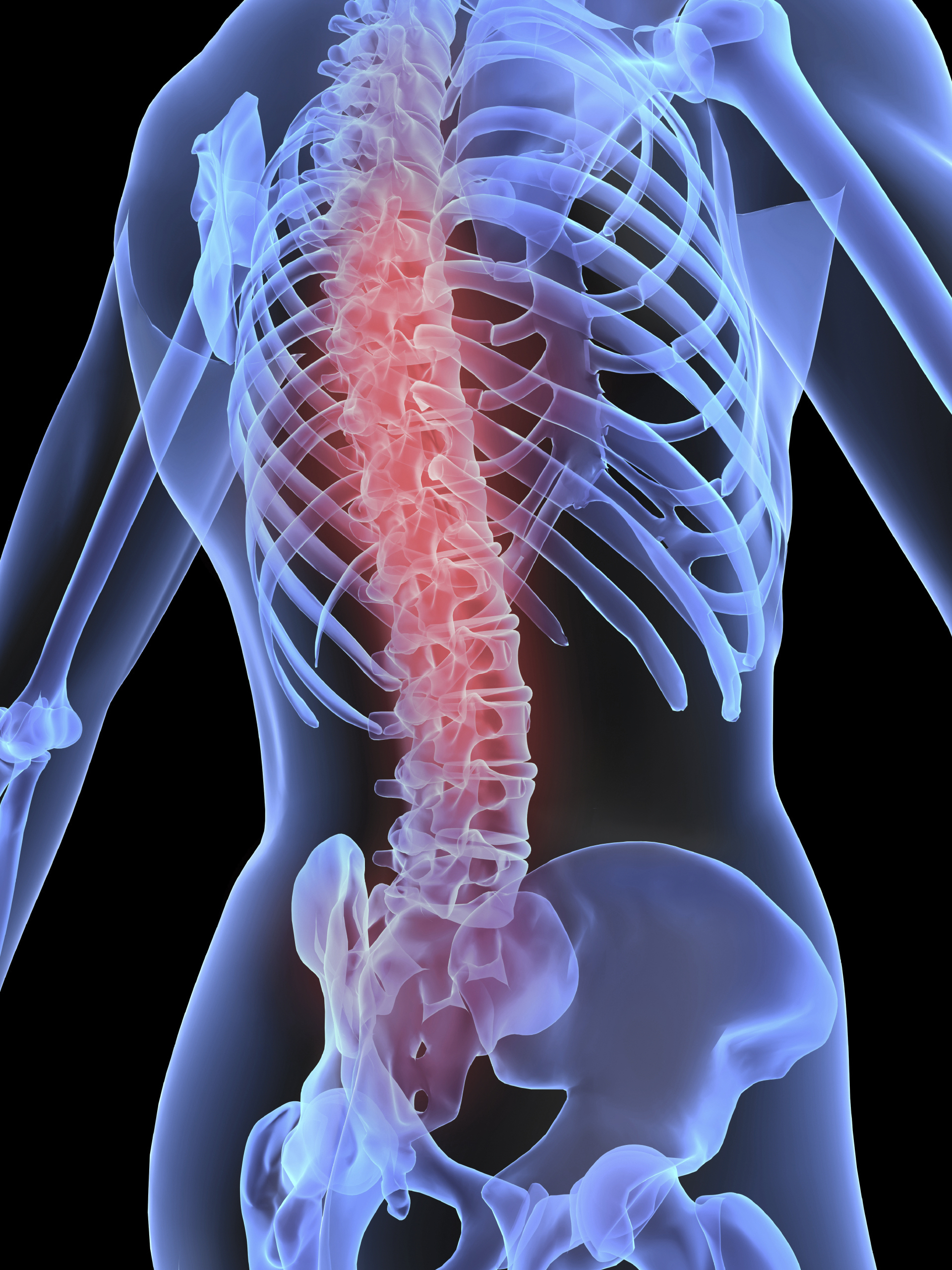What you need to know
- Central neuropathic pain (CNP) is a term used to describe pain that results from injury to the central nervous system. Common characteristics of CNP include burning, uncomfortable cold, prickling, tingling, pins-and-needles sensations.
- Researchers have used electroencephalography (EEG) – a technique which measures the naturally occurring electrical activity in the brain to – to identify characteristic patterns which can be used to assess a patient’s risk of developing CNP.
- Researchers hope that by identifying these individuals at earlier stages, it may be possible to intervene more effectively and offer preventative treatment.
In a nutshell
Electroencephalography (EEG) is a non-invasive technique that involves the application of electrodes to the scalp, these electrodes are used to record the naturally occurring electrical activity in the brain. The activity typically presents as a series of characteristic patterns which are associated with specific neurological conditions. Currently, EEG is widely used in hospitals to diagnose conditions such as epilepsy. Researchers are now using EEG to investigate new patterns of electrical activity associated with the risk of developing central neuropathic pain.
Over half of all patients with spinal cord injury will develop neuropathic pain and once developed it is particularly difficult to treat and will often remain for life, severely affecting quality of life. Treating neuropathic pain is a challenging task. There is a real need for non-invasive drug-free treatments as CNP stubbornly resists medication, leaving many patients to continue to experience untreatable pain a long time after injury.
Current lines of treatment include anti-seizure drugs, these are commonly used in the treatment of neuropathic pain, however patients have reported unpleasant side-effects including dizziness and drowsiness. Antidepressants and opioids can also work in some cases but there is a danger of dependency and need to be used with caution.
How this supports our goal to cure paralysis.
When paralysis occurs, whether partial or complete, it often involves damage to the spinal cord and nerves. This damage can lead to a breakdown in the normal transmission of signals between the body and the brain.
The nerves affected by the injury may start sending abnormal signals or become hypersensitive, resulting in the sensation of pain that isn’t necessarily triggered by external factors or stimuli. This phenomenon is known as neuropathic pain, and it can affect over 50% of individuals with a spinal cord injury. CNP can significantly impact an individual’s quality of life, as the pain can vary from mild to excruciating, and may consequently interfere with daily activities and sleep.
The benefits of this research for the spinal cord injury (SCI) community are two-fold. Firstly, establishing a standardized diagnostic tool capable of identifying individuals at risk of developing central neuropathic pain, individuals can receive earlier interventions, thus improving clinical outcomes and quality of life. Secondly, researchers are keen to use EEG data to identify treatments that can counteract these EEG signals. This presents potential opportunities to develop more targeted approaches to treatment.



